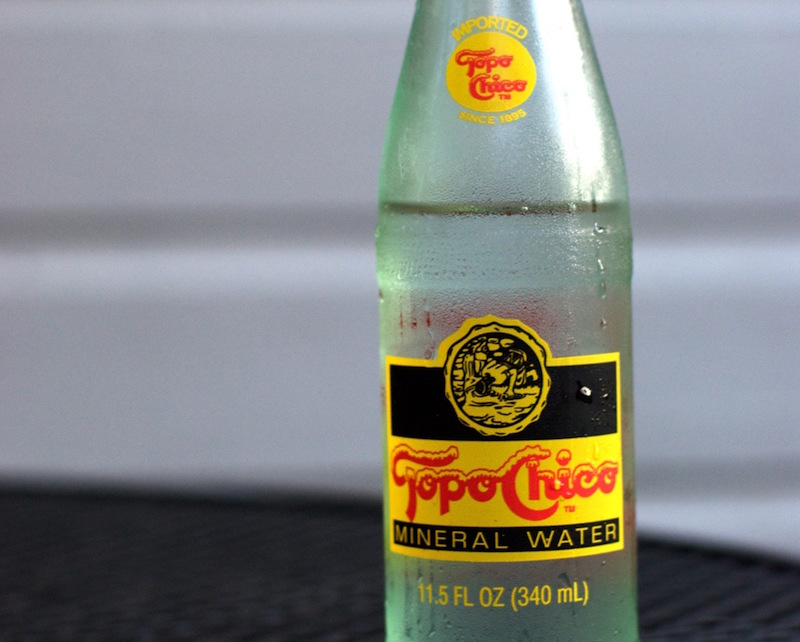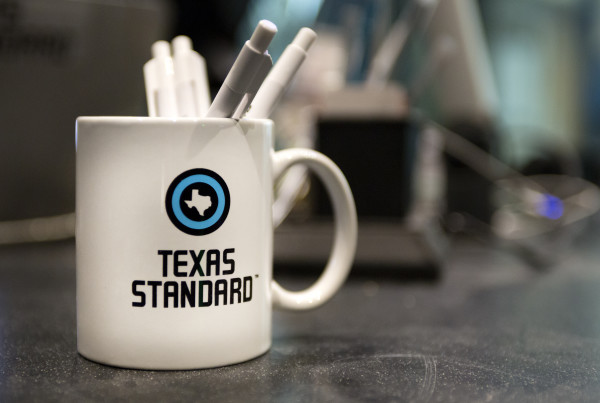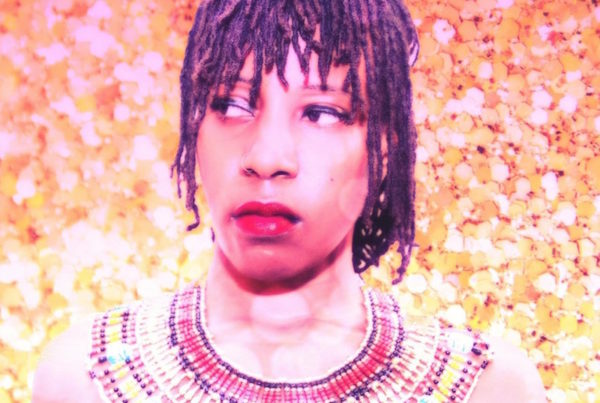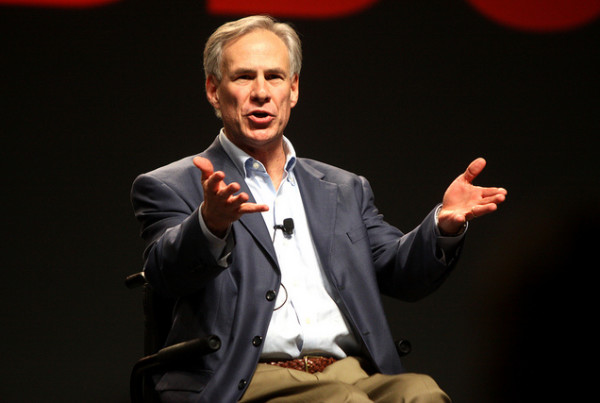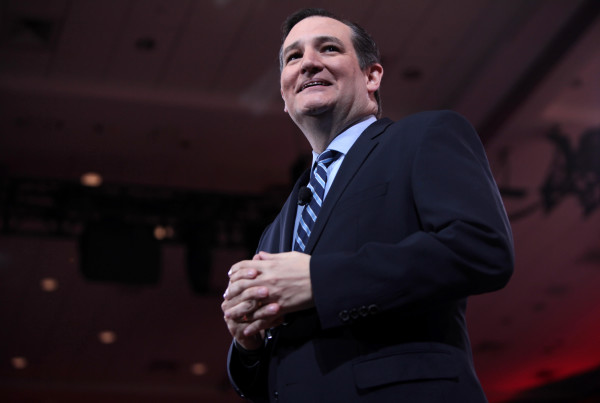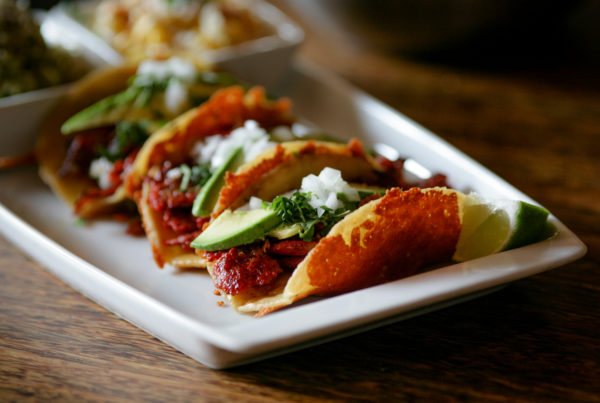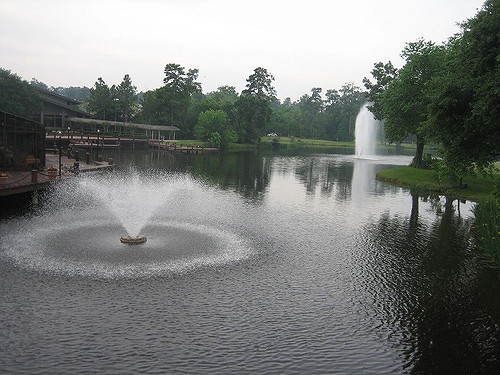It’s early on a June Friday evening in Austin. Bar manager Mark Yawn is carrying a large case of Topo Chico into the bar area of a buzzy downtown Austin restaurant. He’s preparing for the evening rush.
On a hot day in Texas, many reach for a cold bottle of water. Some think that water is best when bubbly. And for many connoisseurs of that bubbly water – there’s nothing better than a Topo Chico. It’s one of the restaurant’s most popular non-alcoholic beverages.
Yawn says his bar probably sells more of it than any other bar in town. Yawn says they can go through eight to 12 cases in a night.
The mineral water has been sourced from Monterrey, Mexico since as early as 1895 and seems to be everywhere in Texas these days. That’s actually quite a feat for a Mexican brand swimming upstream against the Perriers and San Pellegrinos of the sparkling water world.
But Yawn says there’s something different about Topo.
“I enjoy it because … it’s more bubbly,” Yawn says. “It gets you at the back of the throat sometimes.”
Other Austinites describe its appeal:
“It’s the fizz, it really is just the fizz,” Cat Davidson says.
“It just tastes like Austin summer to me,” Tony Smith says. “I have no tasting note for it other than that.”
David de la Garza is Topo Chico’s marketing manager in the U.S. Here’s how he describes the drink:
“I would say the bubbles are very crisp bubbles, sharp bubbles,” he says. “It’s kind of earthy but in a good way.”
Over the past few years the brand has shifted away from a predominantly Hispanic market to one that includes everyone.
“Most of the time we were considered a soft drink before,” De la Garza says. “We really worked to get away from that. … Our goal businesswise is obviously to be sold at every retail location available. … We want to sell to people that like premium products.”
De la Garza says Topo Chico has done this by promoting within the “five pillars:” the arts, fashion, culinary, health and music worlds – industries whose hipness can rub off on Topo Chico by way of association.
But if you’re starting to think that Topo Chico is a hipster status symbol, De la Garza says not so fast.
“I don’t think it’s a hipster brand,” he says. “It’s for people that want to be different, for urban creatives.”
De la Garza says Topo Chico wants to reach a broader, more diverse audience – but it’s not moving away from its Hispanic consumers either. They’re still buying it too.
El Rancho Supermercado is in a predominantly Hispanic region of North Austin. The store’s manager, Naser Nafal, says Topo Chico is very popular.
“It’s actually one of our top sellers I would say, more than any other drink, Nafal says. “You sell three to four pallets of Topo Chico a week compared to three to four cases of any other brand (that) you’re talking about, any Mexican drink.”
Sharon Schembri is an assistant professor of marketing at the University of Texas Rio Grande Valley. She says Topo Chico’s strategy is effective.
“What you’re seeing Topo Chico doing is very much in line with the more successful brands – in taking the myths of the waters of Mexico,” she says. “By telling this story they are demonstrating authenticity in the brand … and it’s that story and meaning that the contemporary consumer culture is very much attaching to.”
Schembri says Corona is another Mexican beverage brand that’s broken into the U.S. market. Today, it’s America’s top-selling imported beer with revenue far outpacing the number-two import, Heineken.
Still, when anything gets an upgrade – maybe your favorite local band just signed a huge record deal, or your co-worker suddenly gets promoted to be your boss – it’s easy to resent the change or see it as “selling out.”
Gardenia Martinez has been a waitress for eight years at La Fruta Feliz in East Austin. She says Topo Chico is mainly bought by her non-Hispanic clientele. She says mostly hipsters are buying Topo Chico in the restaurant.
“People like me don’t drink too much,” Martinez says. “(We) drink so much Mexican coke.”
Although the bubbles are the same, Topo Chico has had to change. The brand now has a hip, young look with a website full of bold colors and a streamlined design. The social media feeds are full of young, edgy people and artsy photos. It’s a far cry from the brand’s 1990s-era TV commercials, which ran in Mexico.
But parsing out Topo Chico’s actual versus perceived consumers is tricky because Topo’s marketing consultant says the company uses a third-party distributor and doesn’t know where the product goes from there.
Topo Chico has built its brand on storytelling. The legend of a sick Aztec princess who was healed by spring water has now been partly replaced by a social media story that oozes hipness. No matter the story, the method seems to be working.


